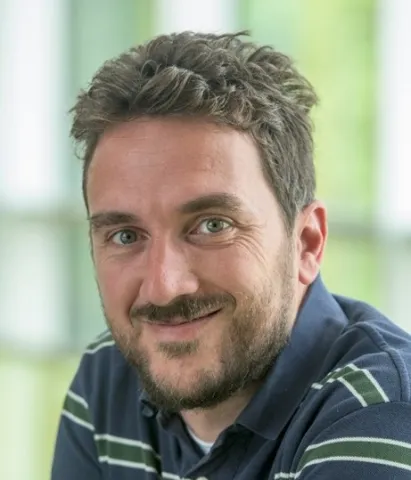About the project
Ocean monitoring is a critical need, and is closely related to human survival, from the long-term impact of global climate change to the sustainable development of ocean resources. This is a collaborative project, between the University of Southampton and the National Oceanography Centre (UK) and the Woods Hole Oceanographic Institution (WHOI, US), which involves developing a new sensor to meet this need.
Marine sensing requires the ability to sense data timely, remotely, and accurately from all the environments of space, sea surface and deep sea. It also requires smart integration of data from different sensor systems, to enable accurate prediction of future environmental conditions and its influence of all form of life on our planet.
The aim of this innovative project is to develop a sensing system for dissolved hydrocarbons (mainly methane, ethane, and butane), using a specialty optical fibre, known as hollow core optical fibre, as both the fluidic channel and sensing medium. Selective gas extraction techniques to separate the dissolved hydrocarbons from water will also be investigated. Integration of the sensor with miniaturised subsea electronics within an autonomous sea vehicle will be carried out to enable field tests towards the end of the project, with opportunities to carry out a sea-based sensor deployment trial in the North Sea.
The project, which is supported by world-leading ocean sensor industries, will be a balance of theoretical and experimental work:
- the theoretical work will comprise numerical modelling of the interaction of light with a sea water filled HCF and improving the sensor design
- the experimental work will be undertaken on campus in both the Optoelectronics Research Centre, ORC (sensor fabrication) and the National Oceanography centre, NOC (sensor test and calibration). This will include lab and field tests and benchmarking against existing technologies
Due to the Multidisciplinary nature of the team, you will have the opportunity to develop a valuable range of skills in cross-cutting areas of Photonics, Engineering, Oceanography, and Chemistry. Furthermore, you will also engage in a 6 week knowledge exchange placement at MIT/ WHOI to investigate and develop novel deployment techniques.
